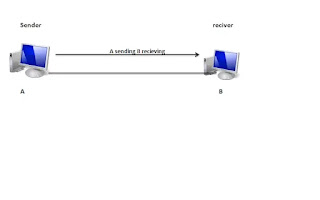Agenda
- Difference between Hardware, Software, and Firmware
What is Hardware
- It is a physical component of the system/it's the physical part of the computer
- It can be touched by us.
Examples-
- Keyboard, mouse, cabinet, monitor, printer
What is Firmware
- It is a kind of software that is associated with your hardware.
- It is installed at the time of manufacturing of hardware such as keyboards, hard drives, BIOS, graphic cards, and printers.
- It performs the basic functions of any hardware.
- You can update.
- Low-level firmware
- High-level firmware
- Subsystem firmware
Examples in detail
- If the user is pressing any of the keys on the keyboard, then the system will know what to display or what to perform right!!
- On your keyboard there is a start button/power button, now when you press the start button/power button then how system identified that it's time to reboot /restart/shutdown?
- In your washing machine, When you go to wash the clothes then you set a time 5minute by the timer button (that is hardware) now think, how at the preset time timer started to notify you by alarming, how the system identified that after 5 min I have to give the alarm.
- A collection of instructions that tells the computer how to perform a particular task.
- It is generally stored in user-accessible memory.
- Software is changed constantly.
- Software can be very big while the firmware is very small.
It can be of three types :
- System software
- Utility software
- Application software





